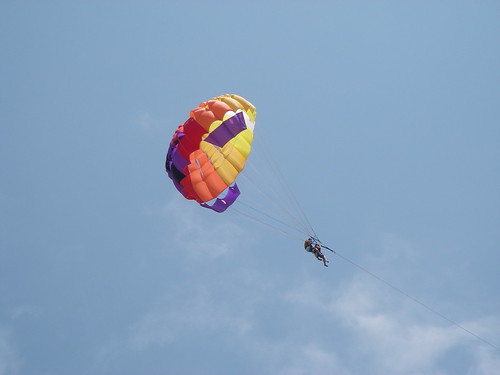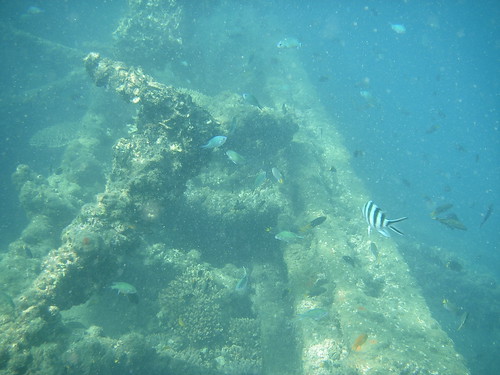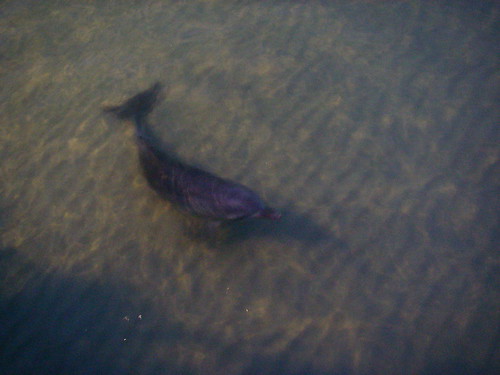Excuses to Travel: dolphin sightings
Sunday, April 12th, 2009Nobody has been back in touch about the manatees (which I find a little rude). The expedition club has been in touch—fingers crossed that some members will be interested! 😀
A large population of Irrawaddy dolphins has been discovered around the Sundarbans. The only relative refuge for this species which I was previously aware of (aside from a very sparse distribution in rivers in Cambodia, Indonesia and the Phillippines and along coastal areas in SE Asia) was in the Chilka lake in Orissa. The population in the Songkhla lake in Thailand has dwindled significantly.
With Platanista gangetica apparently thriving right around Dhaka (I’ve previously suspected that they are scavengers) a visit to Bangladesh may well be on the cards next winter.



